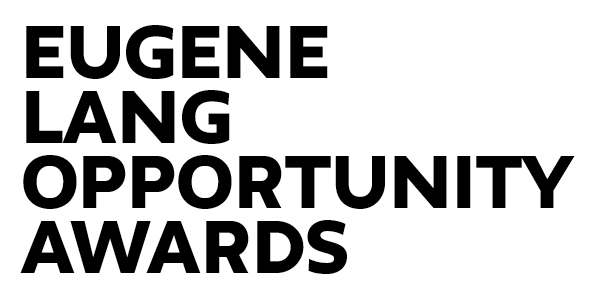Leah Hughes (she/her), BABFA: Interdisciplinary Science/Integrated Design 
Instagram: @leah_aly
Website: Wholematerials.net
Research / Creative / Social Justice
Project Description
We often neglect the human and environmental health impacts of the materials we use in our everyday lives which have historically led to and continues to result in mounting pollution, health disparities, unequal distribution of wealth and education, shifts in climate, and disruption to ecosystems. It is imperative that the next generation of builders, designers and policymakers is aware of the impacts that materials have on our planet. It is critical that every person on earth is empowered through knowledge and access to resources to make informed material decisions. Through this project, I was able to research materials through a holistic lense, considering materials from construction, to personal care products, to food, and the impact they have on human health. I am experimenting with my own material production at home, in consideration of ways designers can better understand and reconsider material use in building and prototyping. I am currently working with biopolymers to produce bioplastic, as well as organisms like mycelium and kombucha in order to biofabricate materials. I am creating a living research platform that contains information on material health, relevant resources, and a material library all tied together by a holistic approach to material heath.
What Form will your Final Project Take?
Website
Who was supporting you in with work?
Davida Smyth, previouslyAssociate Professor of Natural Sciences, Department of Natural Sciences and Mathematics atEugene Lang College of Liberal Arts, The New School. Currently Associate Professor of Microbiology at Texas A&M University-San Antonio.
How has this project has been impactful or transformative — for you personally or for those this work has impacted:
With the assistance of the Eugene Lang Opportunity Award I was able to take part in the Healthy Material Lab’s online certificate program: Healthier Materials and Sustainable Building. Taking part in this course at this early stage of my design career has helped me to recognize that material health is an immensely important consideration and should be a priority for designers, not only for the health of the systems that my work interacts with, but also for my own health as I design and prototype at home. Going forward I intend to prioritize material health in all my work and spread awareness to others.
What would you do differently? How would you advise a student who is going to do something similar?
There is a huge wealth of knowledge in the world on material health, however as large scale manufacturing has not historically prioritized material health, resources can be difficult to uncover and can be made inaccessible through language, jargon, and document type. It can be difficult to enter into a global conversation regarding material health as material health does not always mean the same thing depending on the context. Sustainable materials can still be toxic to humans and materials that are not health hazards to humans may still create environmental burden. The greatest impediment for designers working in material health is time, as it simply requires time to research, be informed, and make thoughtful decisions. While experimenting with materials is an engaging and worthwhile endeavor, first taking the time to educate oneself on material health and acquire a personal library of resources is critical, especially when considering the societal impact of material decisions. As I planned for this research project, I had intended to spend much more time experimenting with and creating materials; however, I soon found that in order to thoughtfully engage in material heath I would need to spend much more time researching and educating myself, completing my experiments in tandem. Though I will continue to both research and experiment, were I to do this project again I would set more time aside to research before beginning material development. I would also highly recommend securing access to a laboratory, as material contamination is difficult to avoid in home settings.
Are you going to publish or print your work?
Yes, my work will be published at wholematerials.net. The launch date is planned for September 10th. I intend to continue to update the site and experiment with materials after launching.



Short summary
I spent time researching materials as they relate to human and environmental health. I participated in the Healthy Material Lab’s online program: Healthier Materials and Sustainable Building to gain an understanding of materials in the built environment. I conducted my own research into materials used in clothing, cleaning products, personal care products, food, and prototyping supplies. I began growing a material library through experimentation with biofabrication bioplastics at home. I researched and experimented with natural pigments, dyes, and biodegradable filler material obtained from food waste. I experimented with various methods of form making to produce objects from the materials studied.
